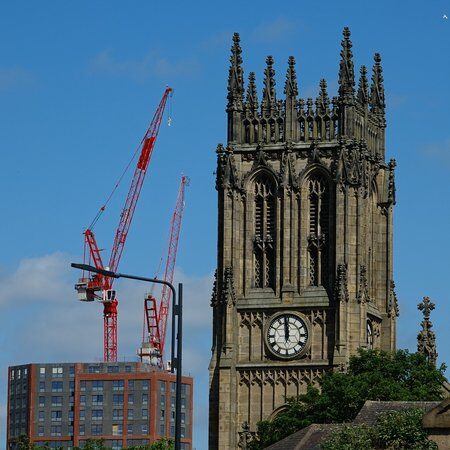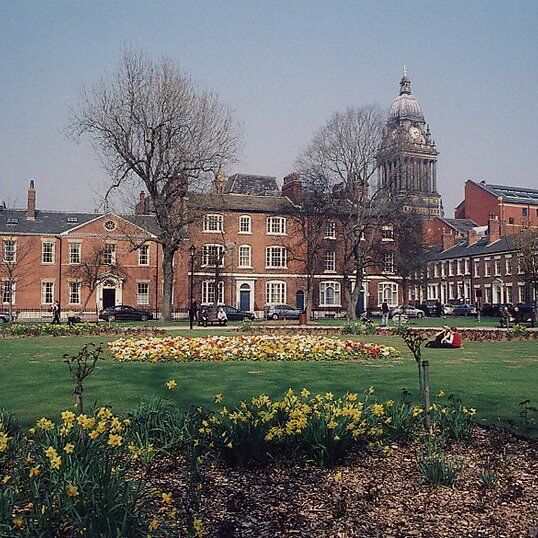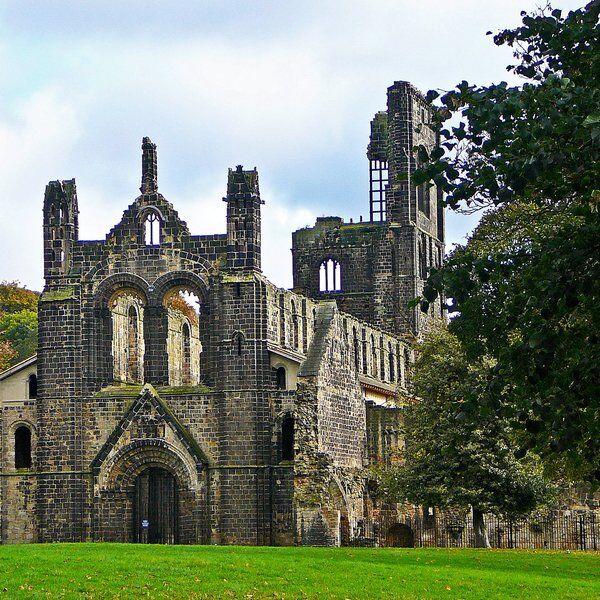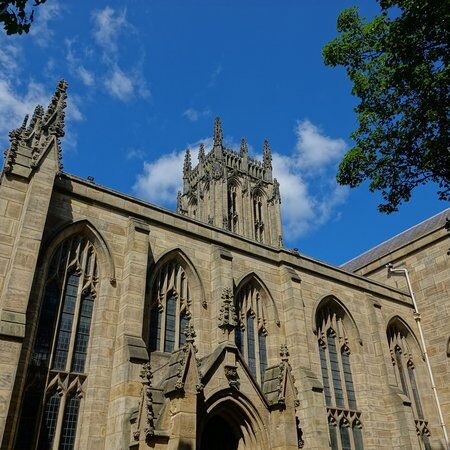
Discover the Leeds Minster
Leeds Minster, formerly known as Leeds Parish Church, rests on the site of the city's oldest church, a sacred place of prayer and worship since the 7th century. However, the present structure, a stunning example of Gothic Revival architecture, was championed by Dr. Walter Farquhar Hook, the vicar at the time, and designed by Robert Dennis Chantrell.

Dedicated to Saint Peter, the structure served as the Parish Church of Leeds until it was bestowed with the honorary title of "Minster". Today, Leeds Minster has an active and growing congregation, and welcomes all who seek solace and inspiration within its walls. This commitment to inclusion has been helped by Canon Paul Maybury, the incumbent since 2022, who has created initiatives like The Market Place drop-in centre and outreach programs.

The History of Leeds Minster
Leeds Parish
The parish of Leeds, covering 21,000 acres, has a long history of religious development. Over time, various out-townships established local chapels, offering relief to parishioners. Following the English Reformation, ownership of the parish's priest appointment moved between different entities until 1588, when parishioners gained control.
In the 19th century there were big changes in the parish’s organisation, with the creation of numerous new parishes under legislative acts and the leadership of characters like Walter Hook. These developments reflected the growing religious diversity and population in Leeds.
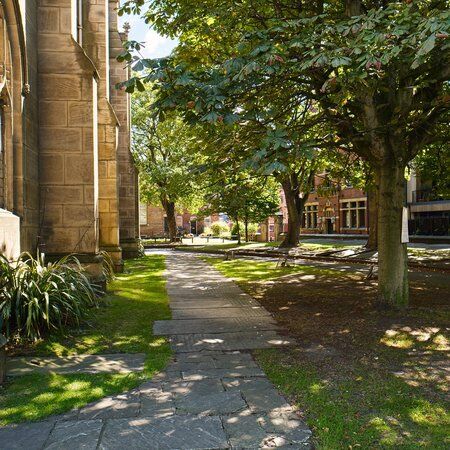
Creating Leeds Minster
When it was built in 1841, Leeds Minster was the largest new church built in England since St Paul’s Cathedral in London. However, fragments of Anglo-Scandinavian stone crosses discovered during construction suggest a much older origin.
Over the years, the Minster has undergone several rebuilds – the most well documented ones occurred in the 14th and 19th centuries. The present structure, believed to be the fourth on the site, orchestrated by Vicar Hook and Chantrell, replaced the former church entirely. The project, funded by voluntary contributions exceeding £29,000, culminated in the consecration of the new church on September 2, 1841, which was attended by Victorian figures like Florence Nightingale, among others.
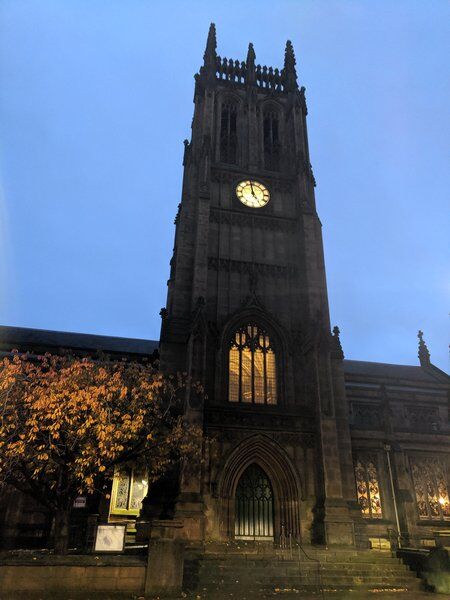
Initially designed to accommodate 1,600 worshippers, it regularly welcomed congregations of 2,500, representing a diverse cross-section of society. This impressive structure, which boasts a combination of Anglican architectural elements, quickly became a model for church construction across England.
In 2012, on the 171st anniversary of its consecration, the parish church was formally designated Leeds Minster, joining the ranks of esteemed Minster churches in West Yorkshire. Today it is recognised by Historic England as a Grade I listed building.
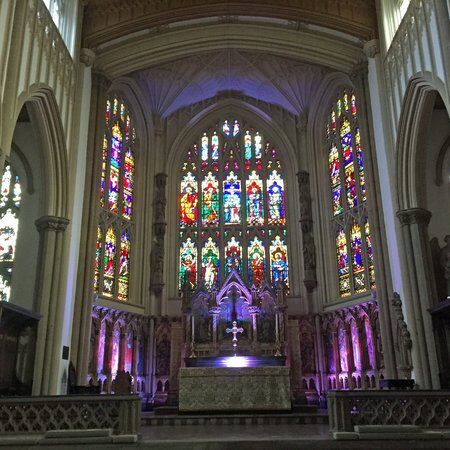
Musical Worship at Leeds Minster
One of the defining features of Leeds Minster is its proud musical heritage. Dr. W. F. Hook recognised the importance of music in worship and so under his guidance, the church's choir excelled, attracting renowned musicians like Samuel Sebastian Wesley. Today, the tradition of musical worship continues, with regular organ concerts and a dedicated choir.
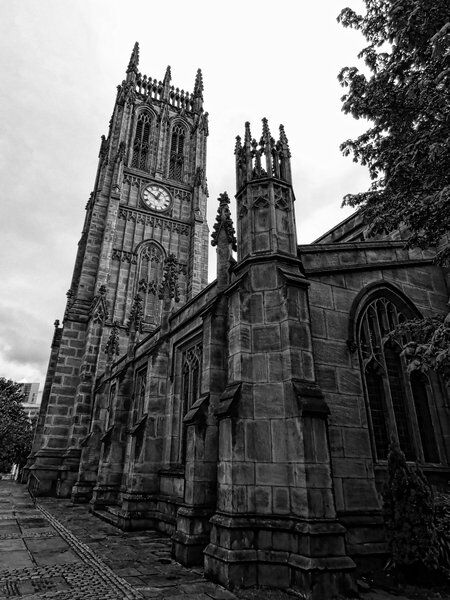
Ancient Artefacts at Leeds Minster
Leeds Minster houses many special treasures and artefacts, including the Christopher Beckett memorial, created by Robert Mawer, which honours Beckett's contributions to the Leeds community. The church also has stained glass windows that use glass collected from the continent and the Leeds Cross.
The Leeds Cross
The Leeds Cross is a rare and ancient artefact, crafted from fragments of 10th-century stone sculpture. It is believed to be the oldest surviving object from Leeds' early Christian era. Discovered during the demolition of the old church tower in 1838, the Leeds Cross has been reassembled into its current form, which has an Anglo-Scandinavian style.

Explore Leeds with CityDays
The best way to discover more hidden gems around Leeds is to take your time and, ideally, have a pre-planned route that takes you past all the noteworthy nooks and hidden gems.
We can help you there!
Our brand-new routes, Medieval Origins and Wagonways, Rivers and Rails combine the fun of an outdoor treasure hunt with the historic facts and whimsical trivia of a walking tour.
Answer riddles, solve puzzles and learn more about Leeds' history in a new and interactive way!
Take the stress out of planning your visit to Leeds and book your adventure today!
Not visiting Leeds this time? Don’t worry, you’ll find us all over the world.
